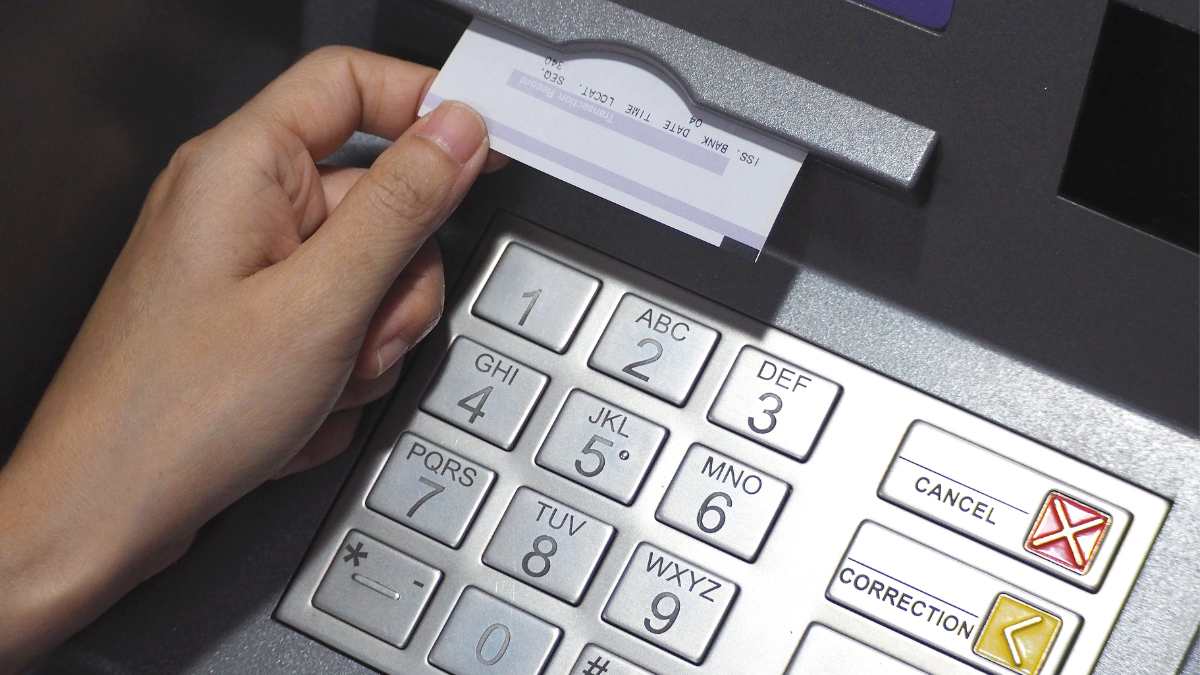After withdrawing cash from an ATM, you’re often given the option to print a receipt. This receipt provides a summary of your transaction and the remaining balance in your account. However, it’s increasingly advised against printing these receipts for several important reasons.
ATM receipts contain personal information that, if it falls into the wrong hands, could be used for fraudulent activities. As highlighted by Kaspersky Lab, a company specializing in cybersecurity, these receipts may include transaction details and cardholder information that can be exploited by criminals.
The Importance of Handling Receipts Safely
For instance, if you dispose of a receipt without properly destroying it, a scammer might retrieve it and use the information to commit fraud. It’s crucial to understand how easily criminals can impersonate your bank to deceive users with fraudulent messages or calls. B
y requesting additional information, they can further their malicious activities. Properly storing or securely destroying your financial receipts can significantly reduce the risk of your data being exploited for criminal purposes.
Furthermore, keeping your receipts offers several advantages, despite the convenience of online banking and mobile apps that track transactions. Physical receipts act as a reliable backup to confirm successful transactions and are invaluable when addressing discrepancies, serving as essential tools for filing claims with your bank.
Additionally, they provide a way for individuals to maintain a detailed financial record. By regularly reviewing these records, you can identify spending patterns and make necessary adjustments to your budget, ensuring that it aligns with your financial goals.
Why Regularly Reviewing Your Records is Important
These records also enable you to compare transactions and spot unusual activities or errors that might go unnoticed in an electronic system. To manage your receipts safely, store them in a secure location and organize them by date or type of transaction, making it easier to reference them when needed for any procedures or clarifications.
When you decide to dispose of a receipt, it is crucial to do so properly by using a paper shredder or tearing it into small pieces to prevent the reconstruction of any information. Additionally, regularly cross-check the information on your receipts with your online records to ensure that all transactions are accurate and align with your authorized activities.




